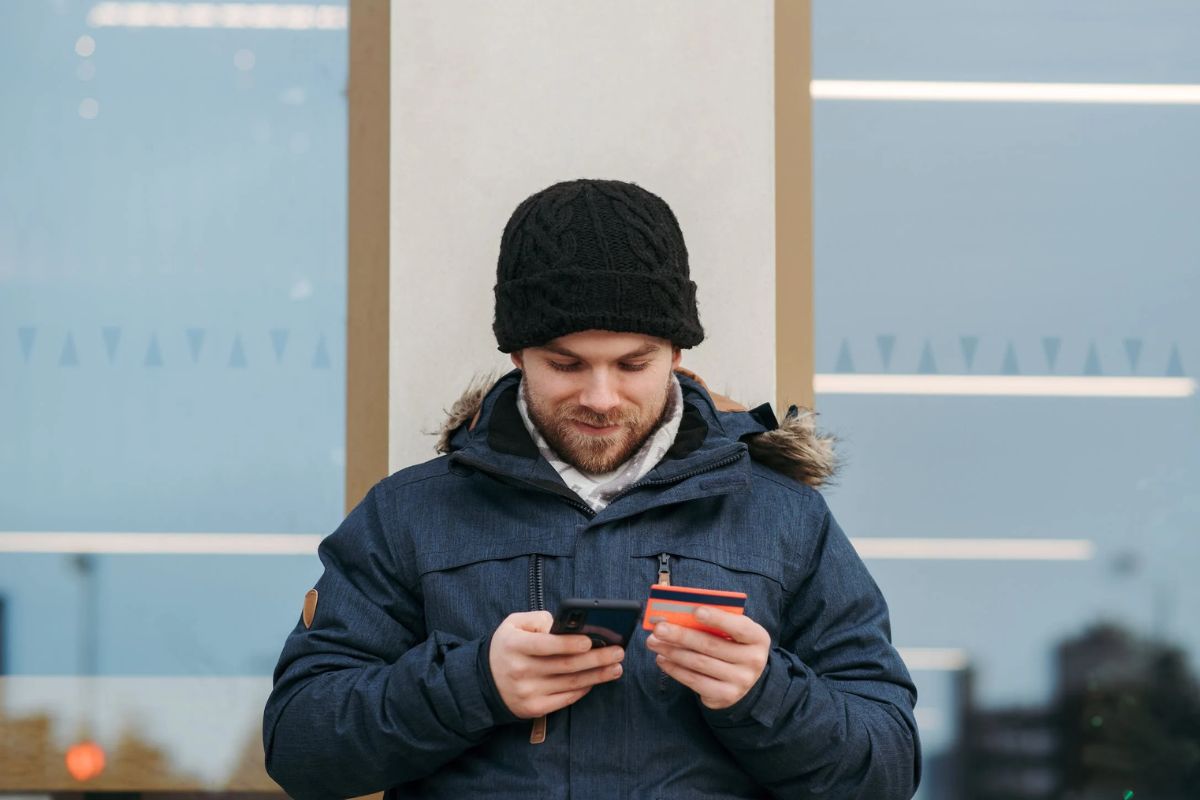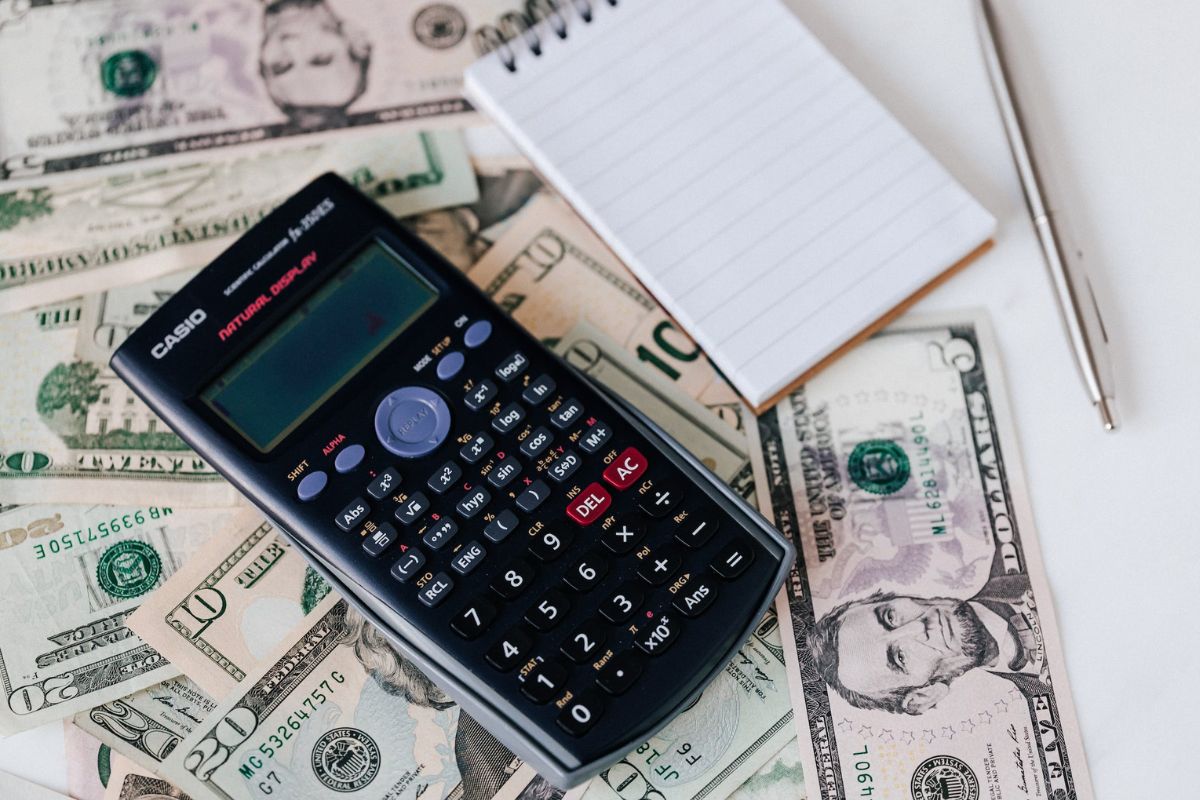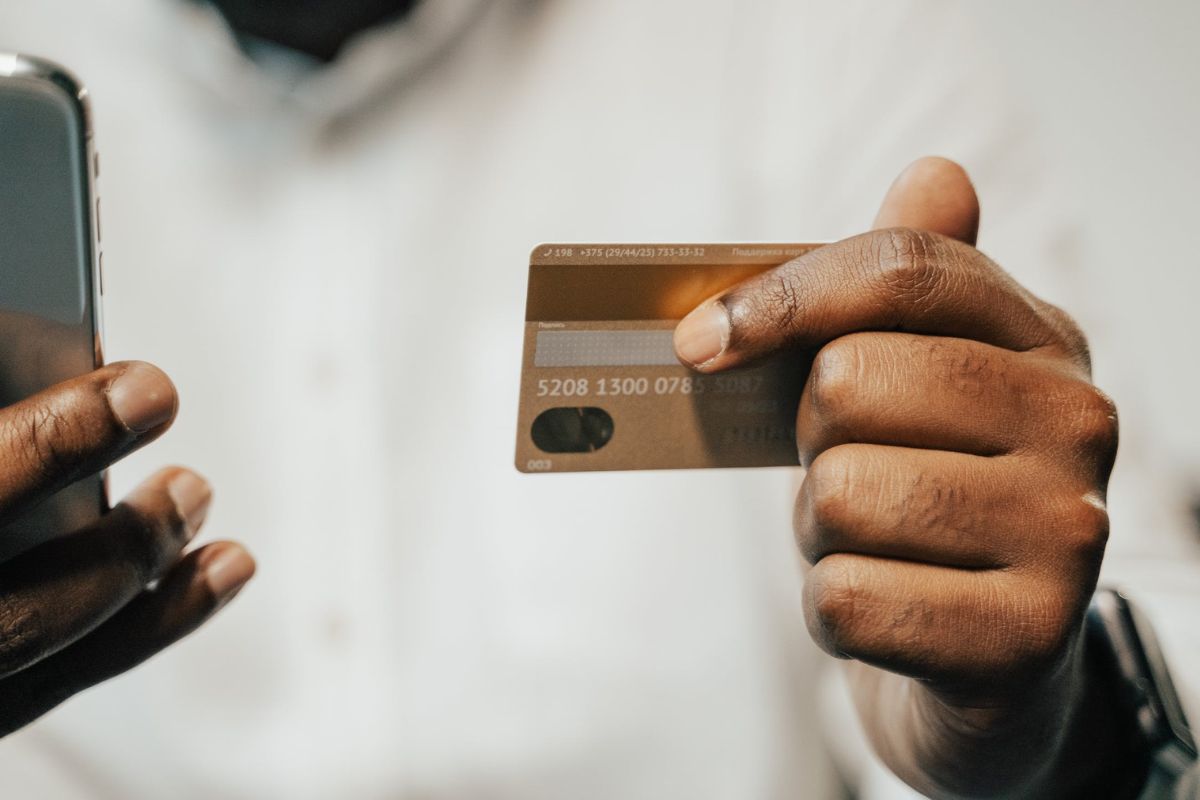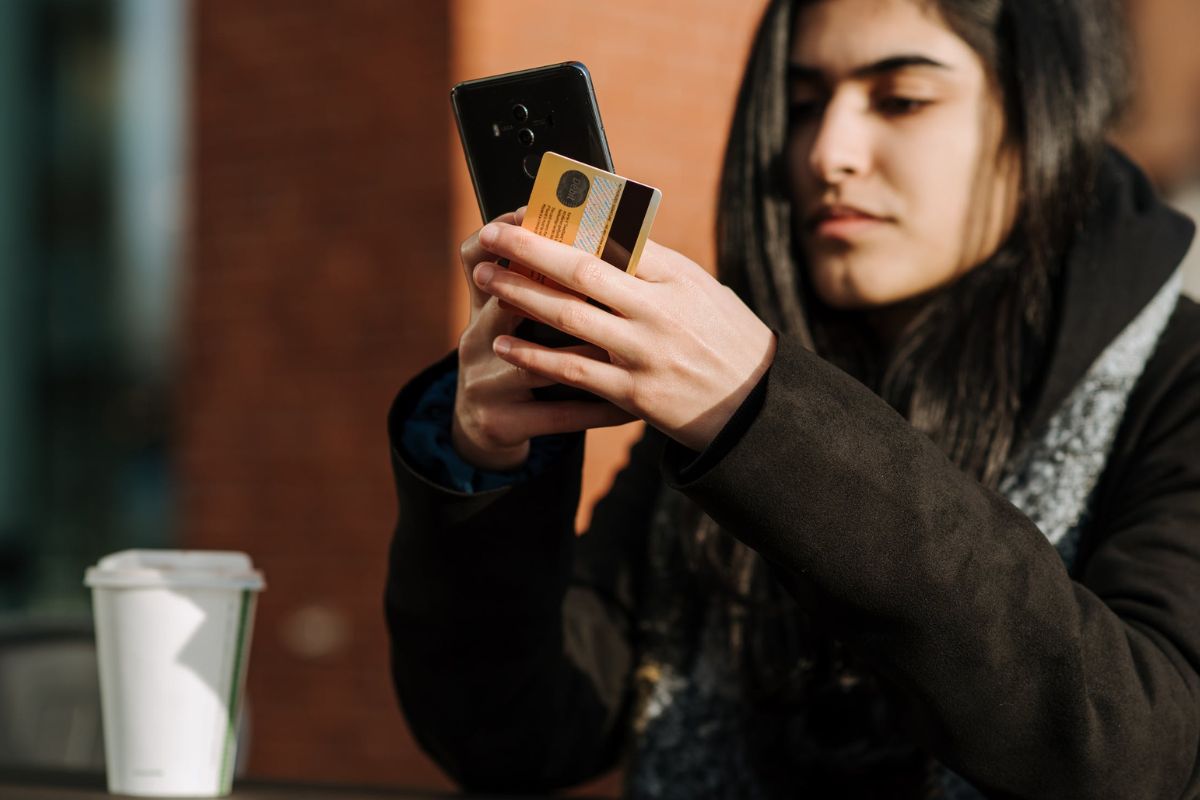Are you a seller on Depop and wondering which payment method to use?
You may be torn between Depop Payments vs PayPal.
Both payment methods have their pros and cons, and it can be challenging to decide which one is the best for you.
In this article, we will compare Depop Payments and PayPal, and help you make an informed decision.
Depop Payments is a relatively new payment method that allows buyers to use Apple Pay, Google Pay, credit and debit cards, and PayPal to make purchases on Depop.
One of the benefits of Depop Payments is that it offers lower transaction fees than PayPal.
However, PayPal is a well-established payment method, and many buyers may prefer to use it due to its familiarity and trustworthiness.
In the following paragraphs, we will delve deeper into the differences between Depop Payments and PayPal, and help you decide which one is the best for you.
Post Contents
What are Depop Payments and PayPal?

If you’re new to selling on Depop, you might be wondering what Depop Payments and PayPal are.
Both are payment processing services that allow you to receive payments for the goods you sell on Depop.
Depop Payments is a newer payment processing service that Depop introduced in 2021.
It allows buyers to use Apple Pay, Google Pay, credit and debit cards, as well as PayPal to shop on Depop.
As a seller, you’ll receive payments directly to your bank account, and you can also manage your payments and sales all in one place.
Depop Payments charges a standard transaction fee of around 2.9% + £/€0.30 across PayPal and Depop Payments if you’re in the UK.
If you’re in the US, the standard transaction fee for Depop Payments is 3.3% + $0.45.
PayPal is a well-known payment processing service that has been around for over two decades.
It’s a popular choice for online marketplaces like Depop because it’s secure and easy to use. PayPal allows buyers to pay with their PayPal balance, bank account, debit card, or credit card.
As a seller, you can receive payments directly to your PayPal account, and you can also manage your payments and sales through the PayPal website or app.
PayPal charges a standard transaction fee of 3.49% + $0.49 if you’re in the US.
Both Depop Payments and PayPal have their pros and cons.
Depop Payments is a newer service, so it may not be as widely used as PayPal.
However, it offers more payment options for buyers, which could potentially increase sales.
On the other hand, PayPal is a more established service, and many buyers may feel more comfortable using it.
It’s important to note that both Depop Payments and PayPal charge transaction fees, which can eat into your profits as a seller.
Setting Up Depop Payments and PayPal

When it comes to setting up Depop Payments and PayPal, both options are relatively simple.
Here’s what you need to know to get started.
Depop Payments
To set up Depop Payments, follow these steps:
- Head to your profile and select “Settings” > “Payments & Shipping” > “Connect PayPal.”
- Once connected, you’ll be able to receive payments directly through the app.
- Make sure to add your ID for account verification – you must be 13 or over to have a Depop Payments account.
- Add your bank account details by tapping > Payments > Payment Settings > Add bank account.
Depop charges a 10% fee on the total sale price (including shipping costs) for each transaction.
If you are in the US, the standard transaction fee for Depop Payments is 3.3% + $0.45.
PayPal
To set up a PayPal account, follow these steps:
- Go to the PayPal website and click “Sign Up.”
- Choose the type of account you want (personal or business) and follow the prompts to enter your information.
- Link your bank account or credit/debit card to your PayPal account.
PayPal charges a standard fee of 3.49% + $0.49 for each transaction.
However, the fee may vary depending on the country you are in and the type of transaction.
Depop Payments vs PayPal: Fees and Payments

When it comes to selling on Depop, you have the option to use either Depop Payments or PayPal to receive payments from buyers.
Both options have their pros and cons, and it’s important to understand the fees and payment processes associated with each.
Fees
Depop Payments and PayPal both charge fees for processing transactions.
Depop Payments charges a standard transaction fee of around 2.9% + £/€0.30 in the UK and 3.3% + $0.45 in the US. PayPal charges a standard fee of 3.49% + $0.49 per transaction.
If you’re looking to save on fees, using Depop Payments may be the better option.
For example, if you sell an item for $100, the fee for Depop Payments would be $3.15, while the fee for PayPal would be $3.98.
Payments
Depop Payments and PayPal have different payment processes.
With Depop Payments, buyers can use Apple Pay, Google Pay, credit and debit cards, as well as PayPal to make purchases.
As a seller, you’ll receive payments directly to your bank account.
With PayPal, buyers can pay using their PayPal account or a credit or debit card.
As a seller, you’ll receive payments in your PayPal account, which you can then transfer to your bank account.
Seller Protection Policy
Both Depop Payments and PayPal have seller protection policies in place to protect sellers from fraudulent buyers.
With Depop Payments, sellers are protected against claims of non-receipt of item and unauthorized transactions.
With PayPal, sellers are protected against claims of unauthorized payments, item not received, and items significantly not as described.
Processing Times
Depop Payments and PayPal have different processing times.
With Depop Payments, the funds from a sale are typically available in your bank account within 2-3 business days.
With PayPal, funds are typically available in your PayPal account immediately, but it can take 2-3 business days to transfer the funds to your bank account.
Stripe Connect
It’s worth noting that Depop is in the process of transitioning to a new payment processor, Stripe Connect.
This will allow for faster processing times and improved seller protection.
However, at the time of writing, Stripe Connect is not yet available for all sellers.
Seller Protection and Refunds

When it comes to selling on Depop, you want to ensure that you are protected as a seller.
Depop Payments offers a Seller Protection Policy that can help protect you from fraudulent buyers and chargebacks.
This policy covers eligible transactions that are paid for using Depop Payments.
If you follow the guidelines and ship the item to the address provided by Depop, you will be protected against unauthorized payments and item not received claims.
If a buyer has an issue with their purchase, they can request a refund through Depop.
As a seller, you will receive a notification of the refund request and have the option to accept or reject it.
If you accept the refund request, the funds will be deducted from your Depop balance and returned to the buyer.
If you reject the refund request, the buyer can open a dispute with Depop.
It is important to note that if you receive a dispute, you need to identify whether the transaction was paid using Depop Payments or PayPal.
If the item was sold and paid for using Depop Payments, you can settle any issues with the transaction through Depop.
However, if the item was paid for using PayPal, you will need to follow PayPal’s dispute resolution process.
When it comes to refunds, it is important to have a clear refund policy in place.
You should clearly state your policy in your shop description and on each listing.
If a buyer requests a refund and it is not covered by the Seller Protection Policy, you can choose to offer a refund or not.
If you do offer a refund, you can do so through Depop or PayPal.
Sales and Purchases

When it comes to sales and purchases on Depop, there are a few key differences between using Depop Payments and PayPal.
With Depop Payments, buyers can use a variety of payment methods, including credit and debit cards,
Apple Pay, and Google Pay, making it easier for them to complete their purchases.
PayPal is a popular payment method, but some buyers may not have a PayPal account or may prefer to use a different payment method.
Depop Payments also offers an instant payment feature, which means that sellers receive payment as soon as the buyer completes the transaction.
With PayPal, there may be a delay in receiving payment, as PayPal may hold the funds for a certain period of time.
When it comes to shipping, both Depop Payments and PayPal offer options for purchasing and printing shipping labels directly from the platform.
However, with Depop Payments, sellers can only use Depop’s shipping scale and measuring tape to calculate shipping costs.
With PayPal, sellers have the option to use discounted postage rates through USPS or other shipping carriers.
It’s important to note that both Depop Payments and PayPal charge fees for transactions.
Depop Payments charges a 2.9% fee plus $0.30 per transaction, while PayPal charges a 3.49% fee plus $0.49 per transaction.
When it comes to fees, Depop Payments may be a more cost-effective option for sellers, especially for higher-priced items.
Issues and Scams

When it comes to online marketplaces like Depop, scams are unfortunately a common occurrence.
While Depop has security measures in place to protect buyers and sellers, scammers still find ways to trick unsuspecting users into their fraudulent traps.
Here are some of the most common scams you should be aware of when using Depop:
Elaborate Online Scams
One prevalent scam happening in Depop right now is the elaborate online scams.
These scams involve three people, the scammer, the buyer, and the seller.
The scam may look like this- the scammer will ask the buyer for payment outside of Depop’s platform and then send a fake payment confirmation to the seller.
The seller then sends the item to the buyer, thinking they have received payment, only to find out later that the payment was fake and they have been scammed.
Account Hacking
Another issue that users face on Depop is account hacking.
Fraudsters can hack into your account and instruct shoppers to pay them directly through PayPal’s “Friends and Family” option, which sidesteps Depop’s fees and doesn’t offer any protection for buyers.
This puts both the buyer and seller at risk, as the buyer may not receive their item and the seller may not receive payment.
PayPal vs Depop Payments
While both PayPal and Depop payments have their advantages and disadvantages, it’s important to note that PayPal offers more protection for buyers and sellers.
PayPal’s dispute resolution process is well-established and can help resolve issues quickly and fairly. On the other hand,
Depop’s dispute resolution process is still evolving and may not be as effective in resolving disputes.
Small Business Owners
If you’re a small business owner using Depop to sell your products, it’s important to be aware of these scams and issues.
Make sure to only accept payments through Depop or PayPal, and never outside of the platform.
Additionally, be cautious of any suspicious activity on your account and report it to Depop immediately.
Conclusion
When it comes to choosing between Depop Payments vs PayPal, it ultimately comes down to personal preference and what works best for your business.
Here are some key takeaways to keep in mind:
- Depop Payments offers a slightly lower transaction fee compared to PayPal, which can add up over time.
- PayPal has been around for much longer than Depop Payments and is a more established payment method, which may make some buyers feel more comfortable.
- Depop Payments offers a more streamlined experience for buyers and sellers, as payments can be made directly within the app.
- PayPal offers more flexibility in terms of payment options, such as eChecks and bank transfers.
- Both payment methods offer protection for buyers and sellers in case of disputes or fraudulent activity.
Ultimately, the decision between Depop Payments and PayPal will depend on your individual needs and preferences.
Consider factors such as transaction fees, payment options, and overall convenience when making your decision.
Regardless of which payment method you choose, always make sure to follow best practices for safe and secure transactions.






























